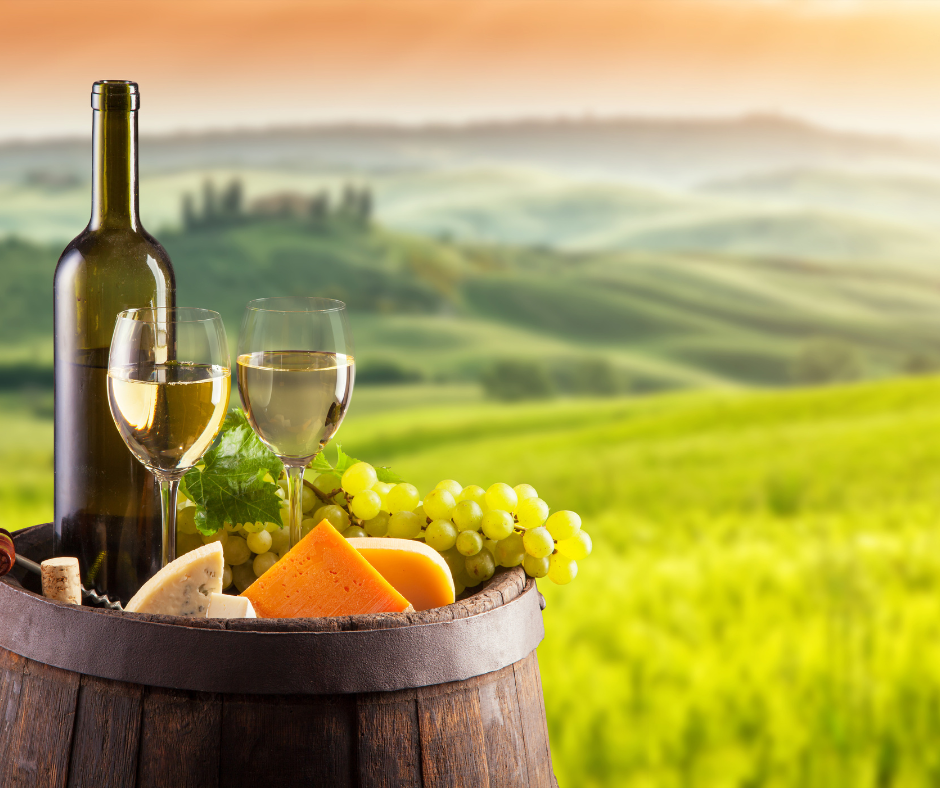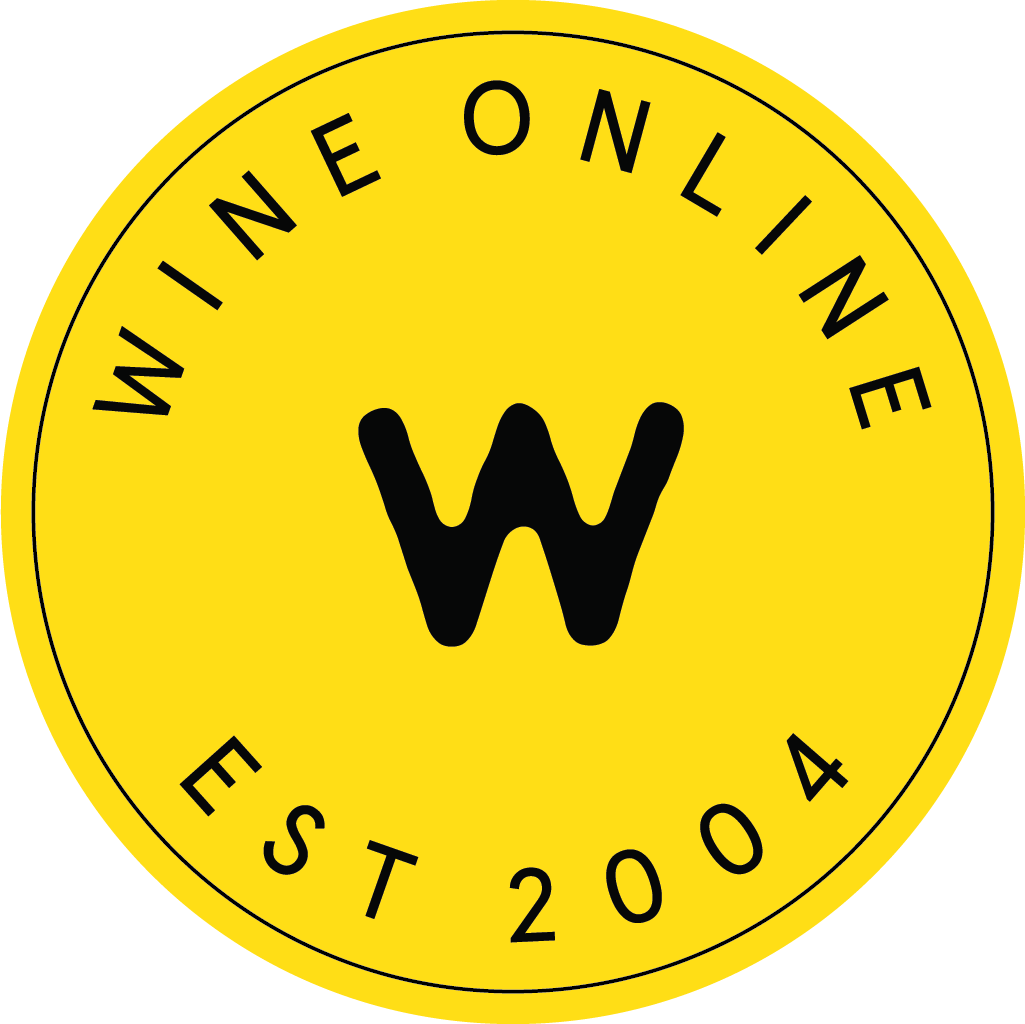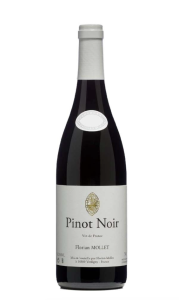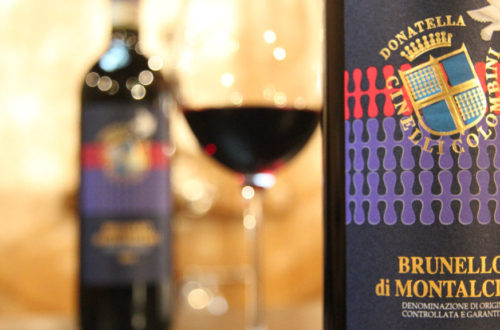
From Vine to Glass: The Fascinating Journey of Wine Production
Wine production is a fascinating yet complex process many winemakers consider an art form. Winemakers must routinely complete specific steps, from grape growing and harvesting to bottling, to complete this intricate work. The result is a beverage so popular in Canada that the sales value of wine reached $8.83 billion in 2022.
How do winemakers produce such indulgent bottles of wine? In today’s article, we explore the entire wine production process from vine to glass. Keep reading for the key processes and an answer to the question, “How is wine made?”.
What Are the Main Steps in the Wine Production Process
Winemaking begins with grape harvesting and ends with bottling delicious, refreshing wine. There are several steps in the wine production process between these two processes. Here are the steps winemakers must complete while they create your tasty glass of red or white wine.
Grape Harvesting Timing
Wine is nothing without excellent quality grapes and efficient, timely grape harvesting methods. The first step winemakers take involves grape harvesting methods to make the wine.
Each winemaker will harvest their grapes at a specific time of the year. During the autumn months, grapes in the vineyard are typically fully ripe. Therefore, the autumn season is the perfect time for grape harvesting. For instance, many winemakers in the Northern Hemisphere will pick the grapes between August and October, and winemakers in the Southern Hemisphere will typically pick the grapes between February and April.
However, not every grapevine will ripen simultaneously in the vineyard. For instance, some may receive more sunlight than others, meaning some branches will be ready before others. Therefore, winemakers must know about the unequal ripening process and adjust their harvesting processes accordingly.
Grape Harvesting Methods
Grape harvesting happens using a couple of methods. Some winemakers choose a mechanical approach, integrating machines for faster harvesting. Despite the automated nature of machine harvesting and incomparable speed, this process can damage the grapes. For instance, it can harm the skins of the grapes, which can lead to premature fermentation.
Other winemakers try to avoid such damage by handpicking. For example, they pick the grape bunches by hand when temperatures are cooler. Handpicking the bunches of grapes helps guarantee that only excellent-quality grapes end up in your glass of Cabernet Sauvignon.
Grape Sorting, Crushing, and Pressing
With the grape harvesting complete, winemakers turn their attention to grape sorting, crushing, and pressing. This second stage begins with grape sorting, in which the winemaker will separate the ripest, highest-quality grapes from those that are not wineglass worthy.
The crushing process comes next, which includes specific machines. For instance, during this stage, the winemaker will use automated crushers and de-stemmers to crush the grapes and remove the stems. The removal of stems and seeds is essential to ensure your wine contains the required amount of tannins. It is vital because tannins may give the wine the correct texture and balance but can also make it bitter.
For white grapes in Sauvignon Blanc wines, such as our Marlborough Sauvignon Blanc by Loveblock 2021, winemakers may use a de-stemmer first to ensure the colour and tannins remain separate from the juice. They then break the grape skins to release the juice.
Source: https://www.wineonline.ca/marlborough-sauvignon-blanc-by-loveblock-2021.html
A winemaker’s objective in the sorting, crushing, and pressing process is to use the best quality grapes and extract the most juice from them to create your exceptional wine.
Grape Fermentation
After crushing, winemakers add yeast to the juices to initiate the grape fermentation process. Saccharomyces cerevisiae is the most common wine yeast frequently used in fermentation. It causes the sugar in the grape juice to transform into alcohol, during which carbon dioxide releases from the mixture.
One crucial part of grape fermentation is monitoring. For instance, winemakers must monitor the temperature, acidity, and humidity. This process is fundamental because each wine requires specific conditions. While some white wines require fermentation temperatures of between 7 and 15 degrees Celsius, red wine requires temperatures of between 20 and 30 degrees Celsius.
Aromas and flavours will begin to develop during fermentation, lasting between several weeks to several months. The process varies depending on the specific wine type.
Grape Juice Post-Fermentation, Racking, and Aging
A post-fermentation, racking, and aging process forms part of the winemaking method for your most exemplary wines. These steps are important for producing wine because sediment, dead yeast, and impurities can tarnish the wine’s quality. Two post-fermentation methods and one filtration approach may apply. In the first post-fermentation method, racking, the winemaker may simply siphon off the wine by transferring the wine from one container to another to remove the impurities.
Alternatively, with filtration approaches, winemakers will use a filter with small holes known as pores. The wine passes through the filter, leaving the sediment and larger particles behind.
The winemaker will put the wine in specific containers to initiate the aging process. For example, they choose stainless steel tanks or oak barrels, such as French oak, to store the wine. The wine will mature in these containers over many months or years, a process in which tannins become less harsh and flavours deepen.
Each wine requires a unique amount of time to age. For example, your favourite bottle of Chenin Blanc requires between four and 30 years, while Pinot Noir wine, such as our Pinot Noir by Florian Mollet-Domaine Roc de L’Abbaye 2022, requires between two and eight years.
Source: https://www.wineonline.ca/pinot-noir-by-florian-mollet-domaine-roc-de-l-abbaye-2022.html
Wine Blending and Bottling
The final stages of production are wine blending and bottling. During these stages, winemakers mix different blends to create indulgent flavour profiles. For example, they may blend wines from different vineyard plots or barrels.
Multiple factors guide a winemaker’s blending decisions, such as the vineyard age, the harvest date, and the time the wine has been in the oak barrel. The process makes a more complex wine.
Winemakers complete the production process by transferring the wine into bottles. They seal them using either a screw cap or a cork. They may let the wine age longer in the bottle to ensure the flavour profiles develop further. This process is called “bottle aging.”
Explore Quality Wines at Wine Online Produced with Excellent Winemaking Processes
Exploring quality wines that have undergone exemplary winemaking processes is the best way to discover quality wine. Canada’s best online wine retailer, Wine Online, provides all the information you need to select from a full range of incredible wines from around the globe. Browse our full product offering to select the perfect wine that has gone through the unique winemaking process.
Select Wine Online to find exceptional wines. Save your dollars by avoiding shipping costs when you order crates of wine that cost more than $179.






